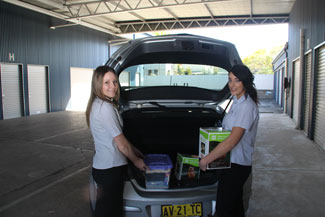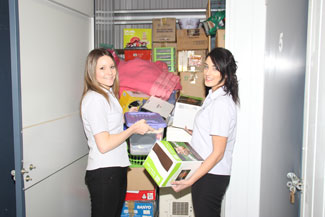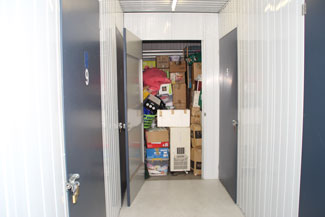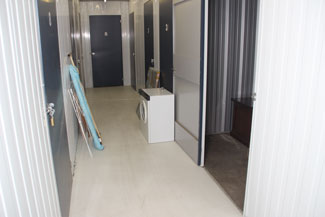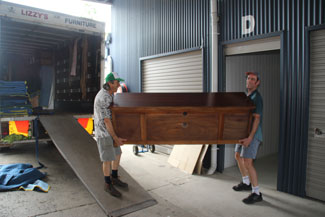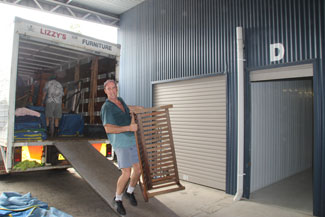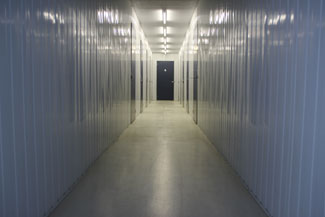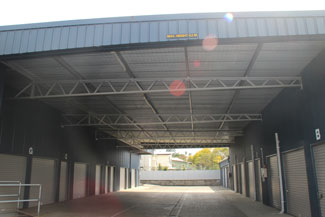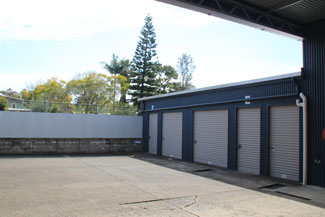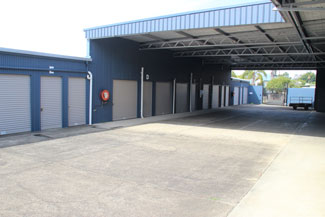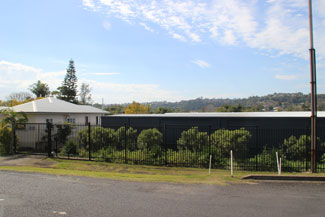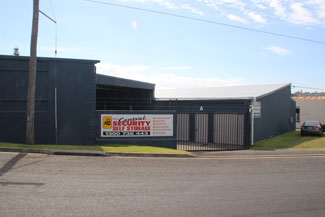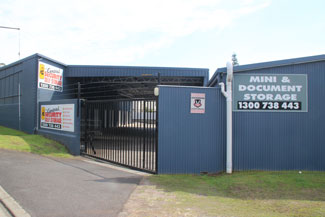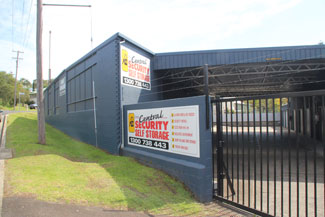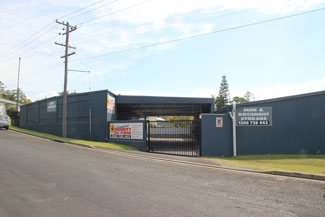Hints to Save You Time and Money
Packaging Materials
The use of packing accessories such as Cartons, Porta Robes, Paper, Tape, Bubble-wrap and Plastic covers will maintain and protect your goods whilst in storage. Fill cartons to capacity; partially full or bulging cartons may tip or collapse. Heavy items like books or tools should be packed in small cartons so they are easy to handle. Books should be packed flat, not on their spines. Packing and labelling cartons room by room makes the unpacking process much easier. Also if you need to find something in storage you will have some idea of which carton to begin looking in.
During humid summer and damp winter months we recommend that you use a moisture absorber in your unit, especially if you are storing sensitive equipment.
Appliances
Fridges, freezers and other white goods should be thoroughly DRY and CLEAN before storing. Whilst in storage the door should be secured slightly ajar. A deodoriser placed inside fridges or freezers is also a good idea to maintain freshness. Don’t place items inside fridges or freezers as the shelves and linings can be easily marked and damaged .
Drain water from washing machine hoses and tape them to the back of the machine. Mark hoses “hot” or “cold” if not indicated.
Battery Operated Appliances and Toys
We recommend that you remove the batteries to avoid damage from leaking batteries.
Computers
Computers, like your other electrical items, need special care. The original boxes are highly recommended for packing. However bubble-wrap and good quality packing cartons will do the job. Remember to use some packing or linen in the bottom and top of cartons, this provides extra protection to the contents.
We recommend that you create a backup copy (or 2) of any data contained on the hard disk drive. Do not leave both copies in storage, take one with you.
Accumulated dust left inside a computer can attract moisture which can then lead to corrosion and failure of circuit boards. Cleaning the inside of a computer with compressed air by a suitably qualified person before it is stored can help eliminate this problem.
Dishes and Glassware
Place a layer of packing inside the bottom and top of cartons containing breakables. Protect fragile items by wrapping them individually in packing paper (newsprint can be very messy and possibly stain). Nest cups and bowls, stand plates, sauce platters, casseroles on their edges. Fill any gaps the cartons with packing eg: scrunched paper or linen. This will keep your fragile items well protected and prevent them from moving around in the cartons whilst in transit. Label all cartons containing fragile items and avoid storing heavy items on the top of these cartons.
Electrical Items
Your electrical equipment is very delicate and sensitive and should be handled with care. The original boxes are ideal to repack in. However wrapping items individually in bubble-wrap, packing them in cartons, and sealing the top will offer protection for your electrical items. Remember to pack out any gaps in the cartons. Pack records or similar on their edges to prevent warping.
Furniture
Empty the contents of wardrobes, drawers and cupboards to protect the shelving and structure of these items. Clothing and personal goods should be packed in strong secure cartons with some naphthalene, mothballs or similar product to protect and maintain their condition. Where possible remove the legs from items of furniture eg. bed bases, tables etc to avoid damage and save space.
Use corrugated cardboard to protect tables, wardrobes and larger items.
Vacuum food crumbs from lounges to prevent attracting vermin.
Metal Items
Wrapping silver in non-acid tissue paper or plastic bags can help reduce tarnishing. Wipe chrome or cast iron with a little machine oil to help retard rust.
Mirrors, Windows, Screens and Paintings
These items should be protected by packing material eg: bubble-wrap or in a flat-pack carton store them standing on their edges in an upright position (not lying flat).
Mowers and Other Machinery
Drain fuel and oil from all machinery. This reduces risk of leakage, spillage and damage to other goods in your space. Petrol and oil left in are also a fire hazard.
For long term storage consult the owner or service manuals for manufacturer’s recommendations.
Planning Your Storage Space
As a general rule place large, heavy items that you can stack upon at the rear of the space. Then work forwards and upwards with lighter, fragile items. Those items that you may need to access often, place in the front of the space. Depending on the goods you have stored, you may need to allow for walk ways. Packing in professional storage cartons will make the storing and unpacking easier and safer, saving you time and worry.
What Not To Store
Any goods that are illegal, stolen, inflammable, explosive, environmentally harmful, hazardous perishable or that are a risk to the property of person. eg. Chlorine, acid, paint, petrol.
Helpful Tips
- Inspect your storage unit and make a list of the packing accessories which you will need.
- Commonly used packing aids include such items as wrapping paper, bubble pack, tape, rope, drop cloths, polyurethane sheeting, mattress and furniture covers, pallets, skids, and cartons.
- Use all the space available, including the height. Disassemble items such as bed frames and tables.
- Place frequently used items near the front of the space.
- Fill containers to capacity. Partially full of bulging cartons may tip or collapse. Heavy items such as books or tools should be packed in small boxes. If a carton is too heavy, it will be hard to lift.
- Fragile items should be cushioned by packing and placed toward the top of the unit.
- Label cartons and take home the list of the labelled cartons for easy reference when you need to locate your property.
